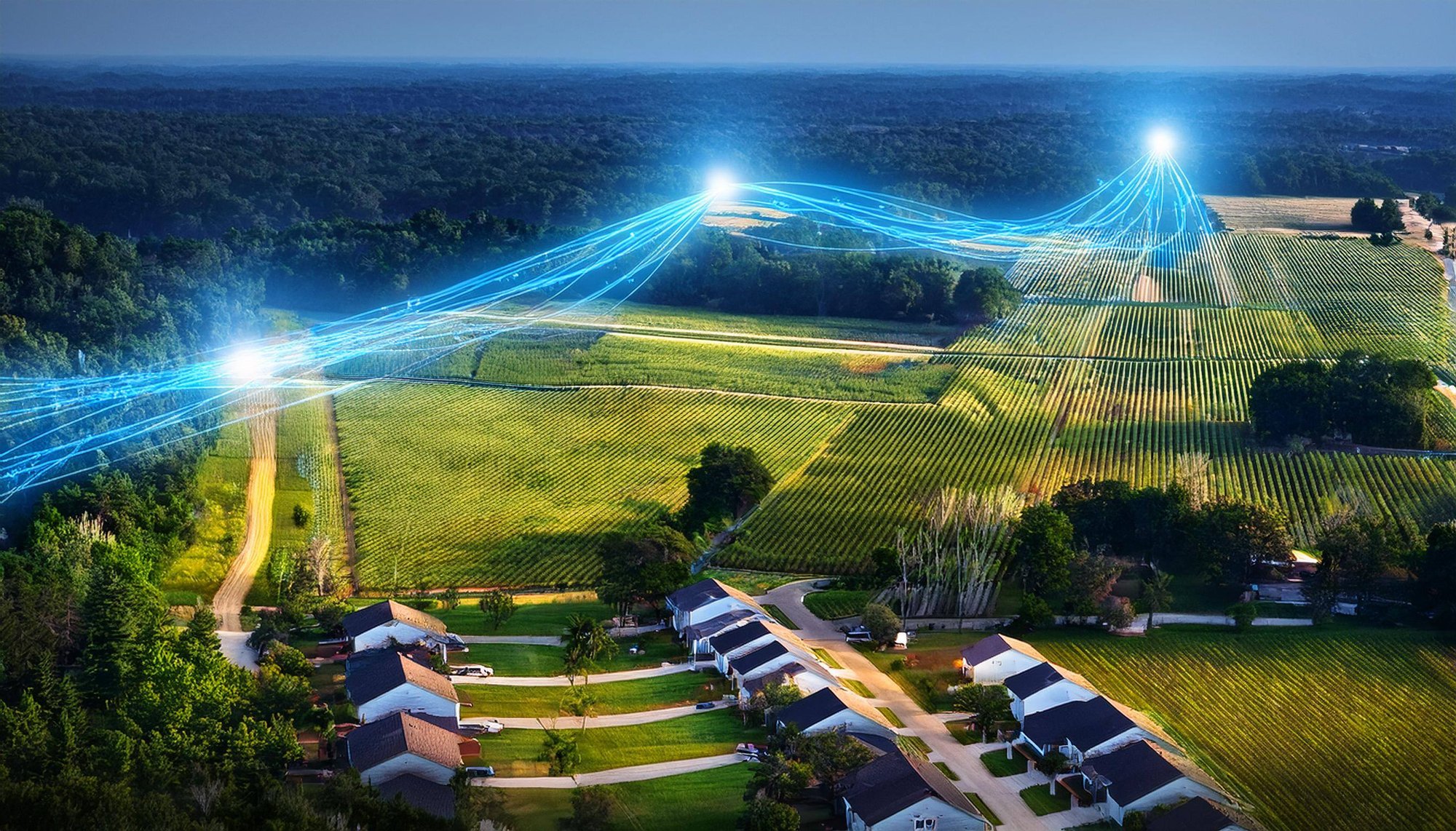I expect three themes to dominate the show, the continued adoption of IP enabling the migration of generic network product and storage further up the video workflow, transition of video infrastructure away from hardware to software and 4K/UHD, with UHD being the main headline issue with those attending, eager to grasp how this will emerge given the breadth of announcements.
To date, the application of IP network solutions in video related applications has been most evident at the distribution end of the workflow. In such applications, all the benefits of IP can be applied with little video-specific capability needing to be developed. Move further up the workflow and a more demanding application for IP is evident, where the needs to convey video synchronously over an asynchronous packet loss environment become apparent. While the industry is applying this technology to the carriage of HD SDI in the form of SMPTE 2022-6, the implications will be wide ranging and no doubt set the blue print for 4K/UHD deployments. NAB has been the staging point for the demarcation between video specific interfacing and standard IP network solutions to be redefined. Over the years, the demarcation has moved further up the workflow towards the point of acquisition. While some manufacturers are preparing for an all-IP world for HD, NAB has presented two scenarios for UHD and 4K. One perspective breathes further life into SDI by developing solutions and equipment based on 6G and 12G iterations of the 3G HD SDI standard. An alternate take is to jump straight to next-generation Ethernet interfacing by endorsing 40G or 100G variants of Ethernet. At first look the approaches appear poles apart, with one utilizing mild compression to compress down to the carriage capabilities of coax and the other allowing full baseband carriage of over the latest, very expensive, Ethernet infrastructure. I suspect the industry will settle on a hybrid solution which extends the application of HD SDI over IP to embrace lightly compressed 4K/UHD payloads. This scenario requires the industry to move from merely carrying video over IP to allowing synchronous processing without having to go back to baseband digital signals. For me, this is the most interesting area, where solutions abound from various manufacturers who, to a lesser or greater extent, embrace the unrelenting move towards an all-IP workflow. Vision mixers appear to represent the cross point between a video specific environment making way to an all-IP domain. However, both up- and down-stream from a vision mixer we see IP packaging and transport being widely utilized, prompting the obvious questions of when will a significant proportion of the video Industry succumb to IP interconnect for 4K/UHD applications? 4K/UHD today represents the cutting edge for network-based storage, with the demands being beyond most ingest and playout strategies. The industry is at an impasse where 4K/UHD solutions to date have relied on local rather than network storage with implementers waiting to see true IP-based solutions emerge that go beyond the interim quad 3G SDI used at the moment, which is proving cumbersome and no doubt will be short-lived. The discussions concerning 4K/UHD will no doubt explore how High Dynamic Range and Wide Color Gamut can be realized at NAB, a topic that will be covered extensively at the 4K theatre on the Harmonic booth SU1210. Looking forward to seeing you in Vegas! – Ian Trow, Sr. Director, Emerging Technology & Strategy, Harmonic








